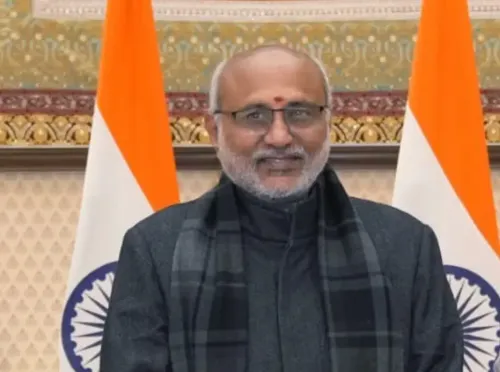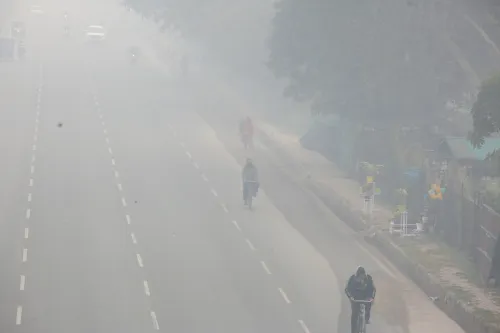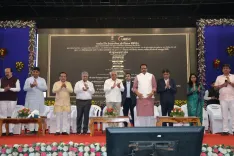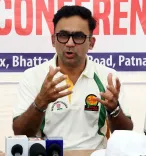Is CM Stalin Happy About Gingee Fort's UNESCO World Heritage Recognition?
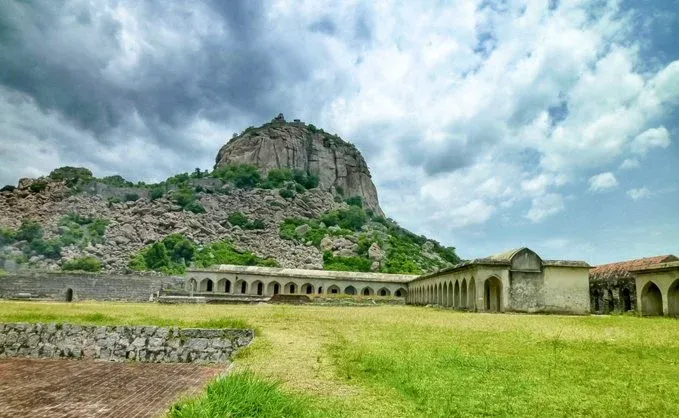
Synopsis
Key Takeaways
- Gingee Fort is now a UNESCO World Heritage Site.
- The fort is part of the Maratha Military Landscapes of India.
- This recognition boosts tourism potential for Tamil Nadu.
- The fort's history dates back to 1200 CE.
- Gingee Fort was built by Ananta Kon of the Konar Dynasty.
Chennai, July 13 (NationPress) The Chief Minister of Tamil Nadu, M.K. Stalin, expressed his happiness regarding the recognition of Gingee Fort as a UNESCO World Heritage Site. In a post on social media, he stated: “I am thrilled that #GingeeFort, often referred to as the ‘Troy of the East’, has been officially added to the UNESCO World Heritage list as part of the Maratha Military Landscapes of India. This grand hill fortress proudly joins Tamil Nadu’s esteemed collection of #UNESCO sites, which includes the Great Living Chola Temples, the monuments at Māmallapuram, the Nilgiri Mountain Railway, and the Western Ghats. This is a moment of pride for Tamil Nadu and our rich cultural heritage.”
Situated in the Villupuram district of Tamil Nadu, Gingee Fort is one of the 12 historical forts that form the Maratha Military Landscapes of India. Its official UNESCO World Heritage Site status was granted during the 47th session of the World Heritage Committee (WHC) held in Paris.
This recognition enhances the fort's global reputation and is anticipated to promote international tourism in the area. Among the 12 fort sites in the Maratha Military Landscapes, only Gingee Fort represents Tamil Nadu, while the remaining 11 are located in Maharashtra.
The nomination for this UNESCO designation was filed for the 2024-25 cycle by the Government of India, a process that involved over 18 months of evaluations, technical assessments, and site reviews.
As per a press release, the proposal was presented to the WHC in January 2024, followed by numerous technical discussions and a site inspection by experts from the International Council on Monuments and Sites (ICOMOS) in September of the previous year.
The WHC made its final decision on Friday after extensive evaluations. The Nomination Dossier and Management Plan for Gingee Fort were crafted by the Development and Research Organisation for Nature, Arts and Heritage (DRONAH), an organization devoted to interdisciplinary efforts.
The documentation adhered to UNESCO’s Operational Guidelines for the World Heritage Convention and included critical information such as historical importance, conservation status, protection strategies, and long-term management plans for the site.
Constructed in 1200 CE by Ananta Kon of the Konar Dynasty, Gingee Fort majestically spans three rocky hillocks: Rajagiri, Krishnagiri, and Chandragiri.
Renowned for its robust defenses and strategic layout, the fort was deemed nearly unassailable. Throughout the centuries, it changed hands among various dynasties and colonial forces, including the Vijayanagar Nayaks, Marathas, Mughals, Nawabs, French, and British.
The inscription of the fort signifies a major achievement in preserving Tamil Nadu’s cultural heritage and contributes to the state’s impressive collection of internationally acknowledged historical sites.


